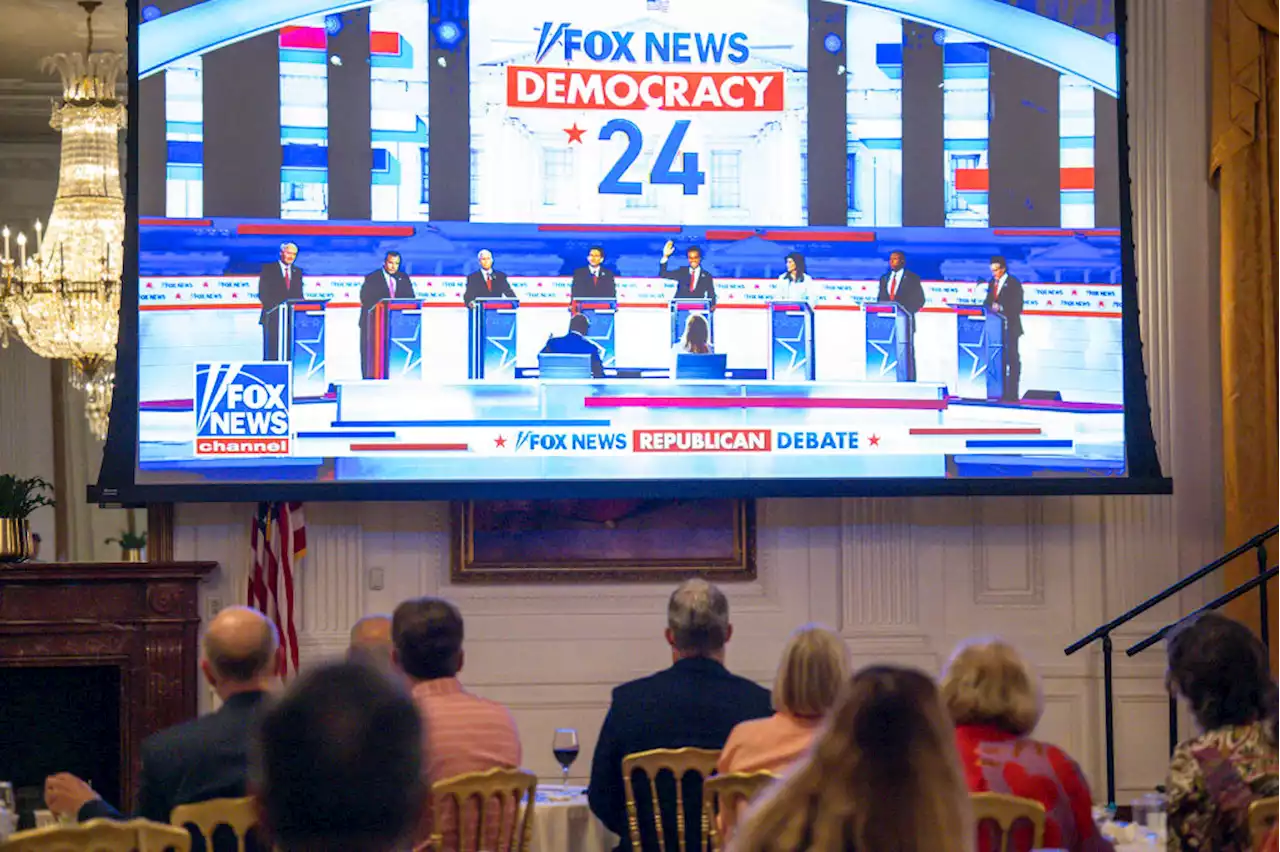Cable TV's backers sold the technology as a boon to democracy, but embraced a business model that chased niche audiences.
, but its turn in the spotlight makes clear a fundamental truth about the rise of cable news and its historic relationship to cable television’s bottom line. From the earliest days of cable, political programming has served the twin goals of giving the industry power and profits.he was stepping down as the chairman of Fox Corporation and News Corporation, has unabashedly cashed in on the political and economic potential of 24/7 partisan echo chambers, such a strategy was not his invention.
Fulfilling Turner’s promise to “make news the star” also meant weaving in commentary and opinion shows to fill the 24 hours of airtime. The network then doubled down on more lucrative “soft news,” first introducing segments—and then eventually entire programs likededicated to business, sports, and entertainment news. In the process, CNN reshaped the very definition of what national news could be: it wasn’t what journalists thought the public needed to know, it was what consumers wanted to see.
In the aftermath, operators like TCI’s Malone, a ruthless cable visionary, saw CNN as one of the industry’sIn the late 1980s, when Turner overextended his credit and risked losing control of CNN, Malone convinced other major cable operators to join him in buying more equity to keep the channel in the hands of cable insiders rather than outsiders.
Two years later, Malone discussed the future of television news in a competitive cable news environment with Walter Cronkite. Malone celebrated the profit potential of the 24/7 news channels that had emerged as brands targeting different demographics. He eventhe profitability of today’s media environment, touting a future in which business and technology would advance to the point that viewers could “hit a button and up comes thirty minutes of the news exactly the way you want to see it.
